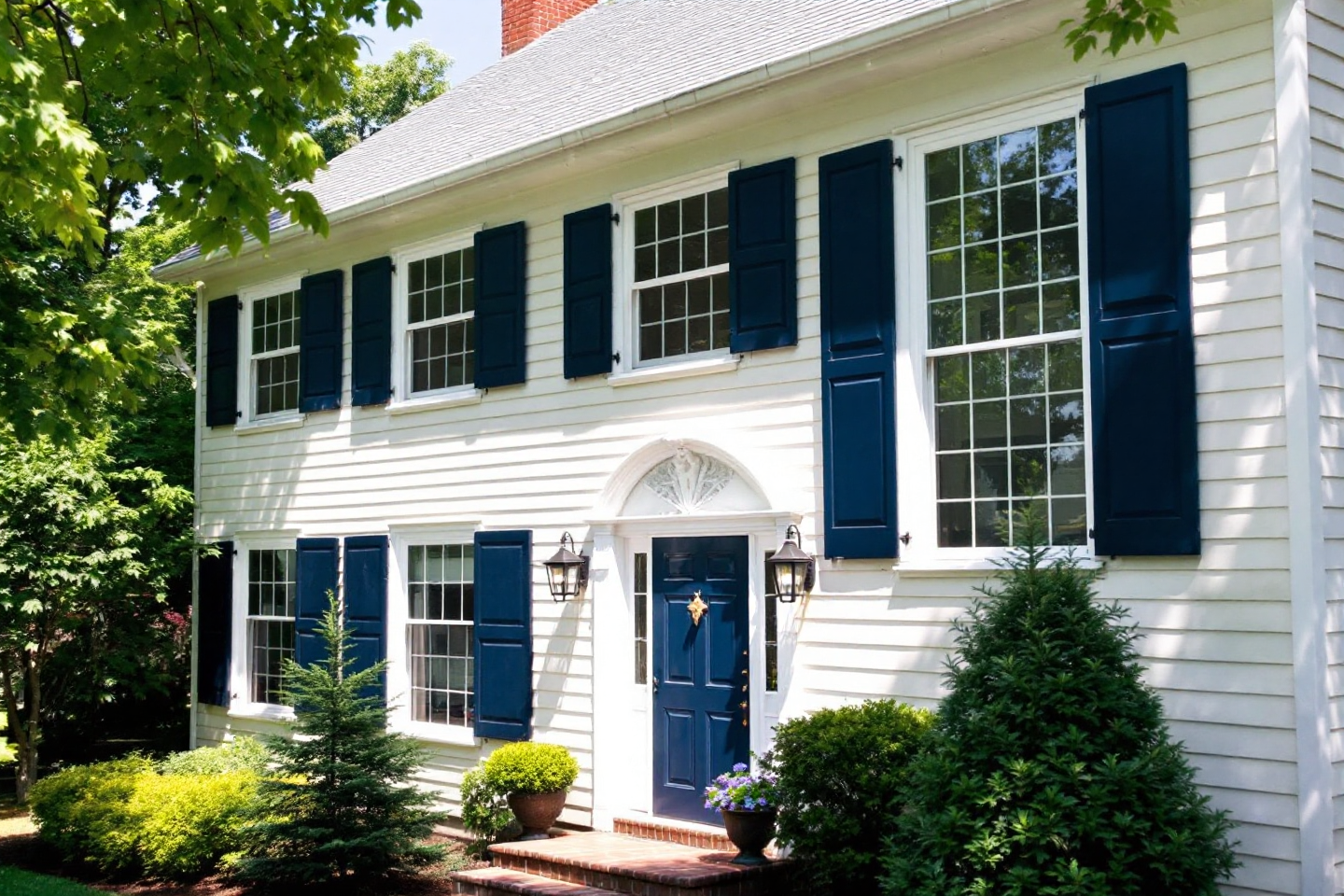Owning a historical home is like holding a piece of living history. With intricate woodwork, original glass panes, and architectural soul that modern builds can’t match, it’s no wonder homeowners treasure these structures. But when drafty old windows start spiking your energy bills or refusing to open, it’s time for an upgrade.
Here’s the tricky part: how do you update the windows for modern comfort without stripping away the character that makes your home so special? That’s where historical home window replacement comes in — blending efficiency and aesthetics with preservation-worthy finesse.
Let’s break down exactly how to do it right.
TLDR – Quick Guide
- Don’t replace blindly: Check if your windows are protected under historical preservation guidelines.
- Choose window replicas: Opt for new windows that mimic original wood, grille patterns, and hardware.
- Energy efficiency matters: Use low-E glass, weatherstripping, and insulated frames.
- Hire preservation-savvy pros: Not every contractor understands historical nuance—choose wisely.
- Document everything: Before any work starts, document the condition and appearance of original windows.
Detailed Breakdown
1. Know What You’re Working With
Before touching a single window, do some homework. Historical homes—particularly those on registries or in preservation districts—often require approval before any exterior changes. That includes window replacements.
Reach out to your local Historic Preservation Office (HPO) or Historic District Commission (HDC) to see what’s allowed. You may need to match original designs down to the muntin bars (those thin dividers between panes).
2. Evaluate Whether Replacement Is Even Necessary
Surprisingly, many historical windows aren’t beyond saving. Wood windows built before 1950 were crafted from old-growth timber, which is more durable and repairable than modern alternatives. Consider restoration over replacement if:
- The frames are structurally sound
- Glass is intact
- Only minor repairs are needed (like sash cords or glazing)
If your windows are truly past their prime, proceed to replacement — but with care.
3. Match Style with Substance
A successful historical home window replacement keeps the architectural integrity intact while adding modern perks. Look for:
- Custom wood or wood-clad windows: These maintain the appearance of old windows but add insulation.
- Low-E or argon-filled glass: These options reduce heat transfer without changing the visual look.
- True or simulated divided lights: Mimic old-school paned glass while boosting performance.
- Matching hardware: Choose latches and locks that resemble period styles in brass, iron, or bronze.
Manufacturers like Marvin and Andersen Windows offer excellent historically accurate options.
4. Avoid Common Pitfalls
Here’s where many go wrong:
- Using vinyl replacements: Cheap vinyl often clashes with old facades and doesn’t age well.
- Ignoring trim details: Even a great window looks wrong if you botch the surrounding trim.
- Failing to insulate properly: Air leaks around new windows will wipe out any efficiency gains.
5. Work with the Right People
Choose contractors or firms with historical renovation experience. Ask for:
- Past project photos
- References from other historical homeowners
- Knowledge of local preservation requirements
Consider working with a preservation architect for complex restorations or high-profile historic neighborhoods.
Key Takeaways
- Balance is key: Blend old-world beauty with new-age efficiency.
- Start with research: Respect your home’s legacy and any local preservation laws.
- Choose materials and designs that replicate originals: No plastic imposters, please.
- Invest in energy-smart upgrades: Modern comfort doesn’t have to mean modern looks.
- Hire experts in historical work: Your home deserves it.
FAQs
1. Can I replace windows in a historical home without breaking regulations?
It depends. If your home is listed on a historical registry or located in a designated preservation district, you’ll likely need approvals. Check with your local HPO first.
2. What are the best materials for historical home window replacement?
Wood or wood-clad frames are best for preserving a historical look while offering modern insulation. Avoid vinyl unless specifically allowed.
3. Will new windows really improve energy efficiency?
Absolutely. Energy-efficient windows can lower heating and cooling costs by up to 30% according to Energy.gov.
4. How much does it cost to replace historical windows?
Costs vary, but expect $800–$2,000 per window depending on customization and materials. Restoration may be cheaper than full replacement.
5. What’s better: restore or replace?
If the original windows are in decent shape, restoration is often the better—and more historically faithful—option. Only replace when they’re truly beyond repair.



